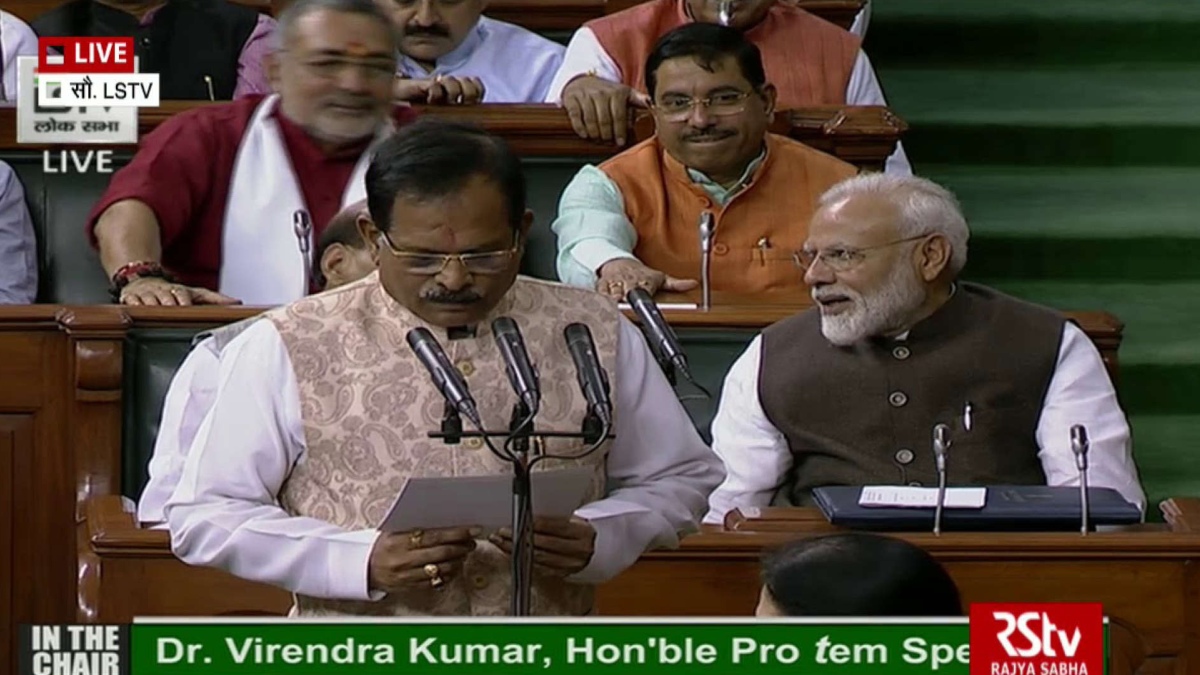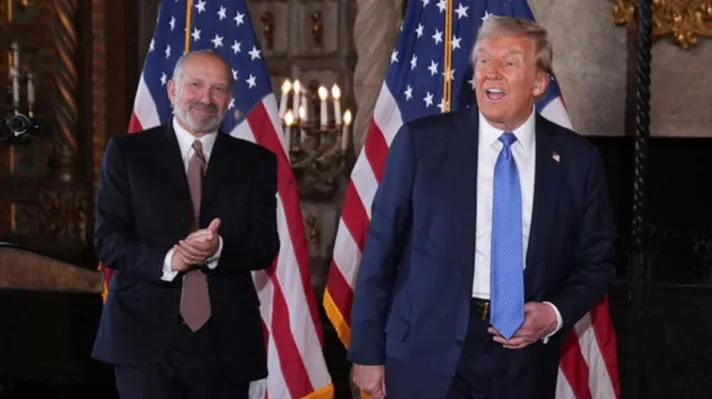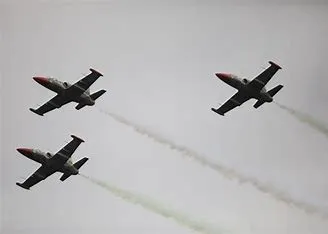The ‘Make in India’ initiative in the defence sector is implemented through various policy initiatives which promote indigenous design, development and manufacture of defence items. These initiatives, inter-alia, include priority to procurement of capital items from domestic sources under Defence Acquisition Procedure (DAP) 2020; notification of ‘Negative list’ of 101 items for which there would be an embargo on the import beyond the timeline indicated against them; simplification of Industrial licensing process; liberalisation of FDI policy; simplification of make-in-India procedure; launch of Innovations for Defence Excellence (iDEX) scheme; and implementation of “Public Procurement (Preference to Make in India), Order 2017.
During the last two financial years i.e. from 2018-19 to 2019-2020 and the current financial year 2020-21( till December 2020), the Government has accorded Acceptance of Necessity (AoN) to 112 defence proposals, worth Rs 1,99,860 crore approximately, under the various categories of capital acquisition, which promotes domestic manufacturing as per the Defence Acquisition/Procurement Procedure.
Many significant projects including 155mm Artillery Gun system ‘Dhanush’, Bridge Laying Tank, Thermal Imaging Sight Mark-II for T-72 tank, Light Combat Aircraft ‘Tejas’, ‘Akash’ Surface to Air Missile system, Submarine ‘INS Kalvari’, ‘INS Chennai’, Anti-Submarine Warfare Corvette (ASWC), Arjun Armoured Repair and Recovery Vehicle, Landing craft utility, etc. have been produced in the country under ‘Make in India’ initiative of the Government in last few years.
Based on the export Authorisations/Licenses issued by Department of Defence Production and actual exports done by Ordnance Factory Board (OFB) & Defence Public Sector Undertakings (DPSUs) and private industries, some of major items exported in the past few years, are Fast Patrol Vessels, Coastal Surveillance System (CSS), Light Weight Torpedoes, Light Weight Torpedo Launcher and Parts, Do-228 Aircraft, Wheeled Infantry Carrier, Light Specialist Vehicle, Mine Protected Vehicle, Passive Night Sights, Battle Field Surveillance Radar Extended Range, Integrated Anti-Submarine Warfare, Advanced Weapons Simulator, Personal Protective items, 155mm Artillery Gun Ammunition, Small Arms and Ammunitions, Weapon locating Radars, Identification of Friend or Foe (IFF) –Interrogator etc. Considering the strategic sensitivity of the matter and in the interest of national security, the country-wise details of exports cannot be divulged.
The contracts for various capital acquisition requirements of the Government in the defence sector are awarded to domestic, public and private sector companies including those situated in State of Uttar Pradesh, as per the extant provisions prescribed in Defence Acquisition Procedure. In addition, the OFB and DPSUs place orders on Indian vendors including those situated in Uttar Pradesh for supply of various items, components etc. as per their requirements. Moreover, the Government has established a Defence Industrial Corridor in Uttar Pradesh with 6 nodes at Aligarh, Agra, Chitrakoot, Jhansi, Lucknow and Kanpur to develop defence manufacturing ecosystem and promote indigenous manufacturing.
This information was tabled in a written reply by Minister of State for Defence Shripad Naik to a question asked by Rajmani Patel in the Rajya Sabha.
PRIVATISATION OF DEFENCE PSUS
The government is planning to decrease shareholding in Defence Public Sector Undertakings (DPSUs) namely, BEML Ltd, Garden Reach Shipbuilders & Engineers Limited (GRSE) and Mishra Dhatu Nigam Limited (MIDHANI). The completion of a transaction depends on market conditions. Therefore, it is not possible to predict a timeline.
Details of PSUs making defence-related equipment in which Government has already decreased its shareholding and funds collected by decrease in shareholding through each one of the PSUs in last five year:-
Policy of disinvestment of minority stake without transfer of management control is being followed for priority sector including defence to unlock value, promote public ownership, to meet the minimum public shareholding norms of SEBI and for ensuring higher degree of accountability.
This information was tabled in a written reply by Minister of State for Defence Shripad Naik to a question asked by Santanu Sen in the Rajya Sabha.
STEPS TAKEN TO ENHANCE CAPACITY OF SECURITY FORCES
The government has taken several policy initiatives and reforms to promote indigenous design, development and manufacture of defence equipment in the country and enable development or transfer of technologies in the country.
The salient steps undertaken to achieve self sufficiency in defence sector are:
i. Defence Procurement Procedure (DPP)-2016 has been revised as Defence Acquisition Procedure (DAP) -2020, which is driven by the tenets of Defence Reforms announced as part of ‘Aatmanirbhar Bharat Abhiyan’.
ii. Opened North & South Defence Industrial corridors to promote setting up of industries supporting defence equipment.
iii. Permitted acceptance of “Suo Moto” proposals from industry for undertaking indigenous design & development for items needed for defence services.
iv. Formulated the iDEX (Innovation in Defence Excellence) framework to provide an ecosystem for Startups/individual innovators/MSMEs to engage with Ministry of Defence/Academia and other such agencies for manufacture of defence-related items.
v. Institutionalised the Technology Development Fund and its processes to facilitate the DRDO to engage with Indian industry for technology development needs.
vi. Army Design Bureau (ADB): Indian Army (IA) launched the ADB on 31st August, 2016. The role of the ADB is to act as a facilitator for research & development efforts and procurement of indigenously developed weapons and equipment extensive outreach programme for industry, MSMEs, Startups and Academia across the country for promoting ‘Make in India’. The outreach programmes, apart from generating awareness about the modernisation requirements, will help to meet the technology needs of the IA from within the confines of domestic resources and talent
vii. Army Technology Board (ATB): The ATB enables indigenous Research and Development efforts in accordance with the operational needs of the IA.
viii. Technology Development Fund (TDF): TDF has been launched by the Government to giving impetus to research and development projects beyond the proof of concept stage. It has been provided with a budget of Rs 100 crore.
ix. The Indian Navy in coordination with Aeronautical Development Agency (ADA) is pursuing the indigenous development and acquisition of a Twin Engine Deck Base Fighter (TEDBF).
x. Ministry of Defence has notified a ‘First Positive Indigenisation List’ of 101 items for which there would be an embargo on the import beyond the timeline indicated against them. This is a big step towards self-reliance in defence. This would offer a great opportunity to the Indian defence industry to manufacture these items using their own design and development capabilities to meet the requirements of the Armed Forces in the coming years.
Modernisation, upgradation and sustenance of military equipment and weapons is a continuous process and constant endeavour to equip the Armed Forces with modern weapon systems/ equipment being carried out under various procurement provisions (DAP & DPM). Also in emergencies as in the prevailing situation, special procurement powers to enhance the operational capability are given to Service Headquarters.
DRDO has played a major role in the development of state-of-the-art platforms, weapon systems and sensors and upgradation of defence equipment in the country which in turn has enhanced capacity of the armed forces to tackle the present security scenario of the country efficiently.
This information was tabled in a written reply by Minister of State for Defence Shripad Naik to a question asked by Vijay Pal Singh Tomar and Harnath Singh Yadav in the Rajya Sabha.























